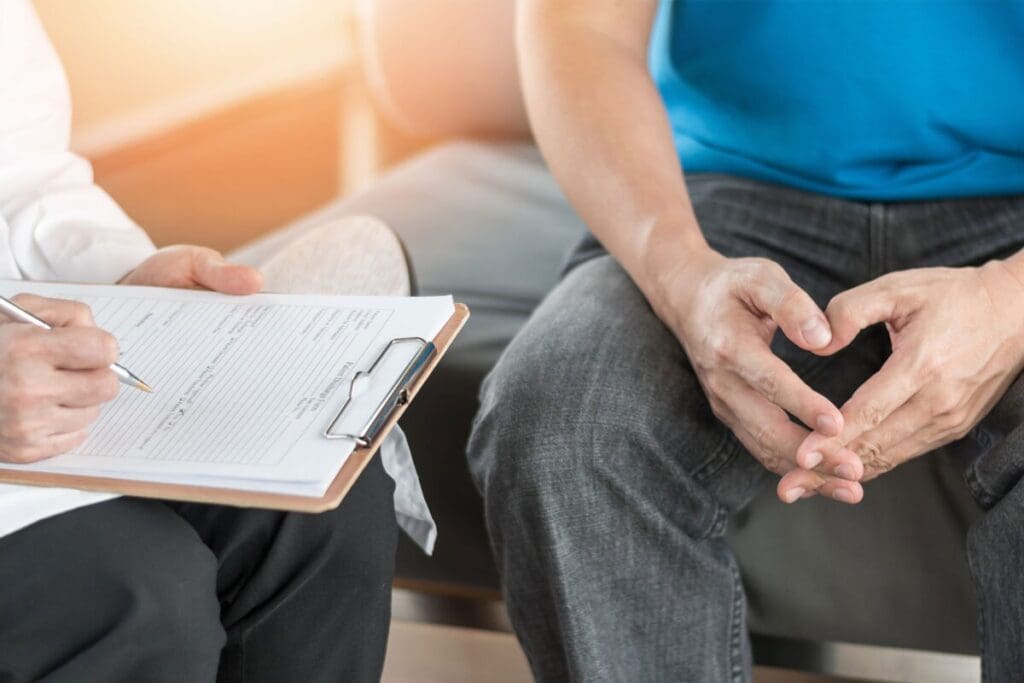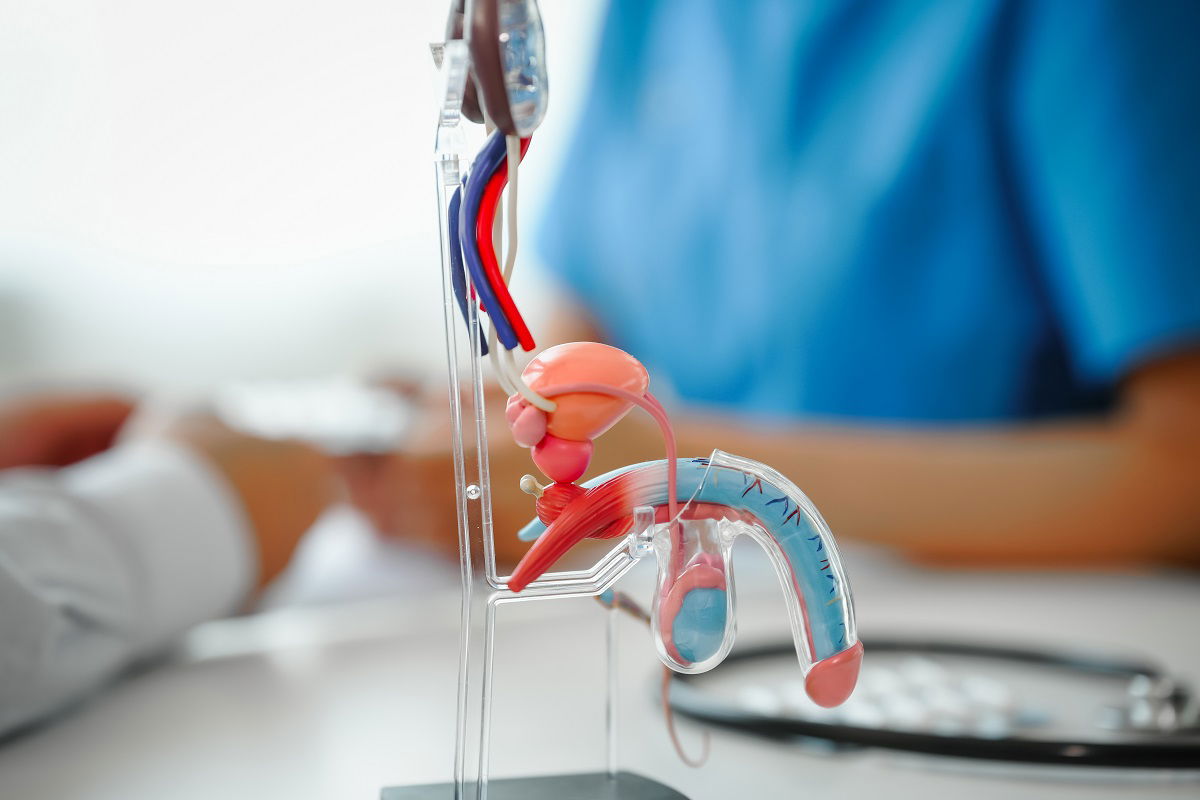Last Updated on November 25, 2025 by
Regular physical activity is key for prostate health. Health experts state that exercise is great for your prostate. A Harvard University study showed active men have smaller prostate glands, supporting the concept behind the “15 Second Exercise to Shrink Prostate: Positive Health.”
Adding a prostate workout to your day can help a lot. We look at how simple exercisescan boost prostate health and ease symptoms.

Studies show that exercise is key for prostate health. It can help with symptoms of prostate issues. Understanding prostate conditions like Benign Prostatic Hyperplasia (BPH) is important.
BPH, or enlarged prostate, is common in older men. It makes urination hard, leading to weak flow and frequent trips to the bathroom. Other issues include prostatitis, an inflammation, and prostate cancer. Exercises for BPH can ease symptoms and boost life quality.
Prostatitis causes pain and trouble urinating. It’s often due to infection. While antibiotics are the main treatment, prostatitis exercise can help too.

Exercise helps prostate function in many ways. It makes substances that fight inflammation, which is good for prostatitis and other issues. Regular exercise for enlarged prostate also strengthens pelvic muscles, improving urination.
Exercise affects hormone levels, including testosterone, which is good for the prostate. Research shows brisk walking can lower prostate cancer risk. This shows exercise protects prostate health.
Exercise also helps manage weight, which is good for the prostate. A balanced workout routine can slow prostate issues and improve health.
Research shows that exercise is key for prostate health. It affects prostate well-being in many ways. This is backed by a growing body of evidence.

Clinical trials have shown exercise benefits for prostate issues. A key study found that exercise improved erectile function in men with prostate cancer. This is vital for their quality of life.
The study found that combining resistance and aerobic exercises helps. It can reduce sexual side effects from prostate cancer treatments.
Research at UMass Boston has found exercise’s impact on prostate cancer. It shows exercise can slow prostate cancer’s growth. This is by affecting the biological mechanisms that drive the cancer.
This study highlights exercise’s role in treating prostate cancer. It shows exercise can help slow the disease’s progression.
Studies also show exercise’s role in slowing prostate disease. Regular exercise can help men with prostate issues. It can slow the disease’s progression, improving their outlook.
These findings stress the importance of exercise in prostate health. It should be part of a complete management plan, along with other treatments and lifestyle changes.
Our experts recommend a simple 15-second exercise to help shrink the prostate and improve urine flow. This easy technique is part of a bigger plan to boost prostate health.
The 15-second exercise is a Kegel movement that focuses on the muscles around the prostate. Strengthening these muscles can improve blood flow and shrink the prostate.
To do this exercise right, follow these steps:
For the best results, do this exercise three times a day. As you get stronger, increase the muscle contraction time.
Results can vary, but many men see big improvements in prostate health with this exercise. Consistency is key for the best results.
By adding this 15-second exercise to other healthy habits, you can actively manage your prostate health.
Men with Benign Prostatic Hyperplasia can find relief through specific exercises. A balanced exercise plan can boost prostate health and overall health.
Squats are great for men with prostate problems. They strengthen the pelvic floor muscles. Here’s how to do a squat:
Squats can improve circulation and strengthen muscles around the prostate.
Kegel exercises are key for men with BPH. They:
To do Kegels, contract the muscles to stop urine flow, hold for a few seconds, and then release.
Aerobic exercises are good for the prostate. Activities like brisk walking, cycling, and swimming improve heart health and lower prostate risks.
“Regular aerobic exercise can contribute to a healthier prostate by improving circulation and reducing inflammation.”,Healthcare professionals highlight.
Some exercises are not good for men with prostate issues. Avoid:
It’s as important to avoid harmful exercises as it is to do beneficial ones.
Men with BPH might find prostate massage helpful. It’s not a cure, but it can be part of a bigger plan to manage symptoms.
Research on prostate massage for BPH is not much. But some studies say it might help by improving drainage and reducing swelling. We’ll look into how prostate massage could help your prostate health.
The benefits of prostate massage for BPH could be:
Learning safe prostate massage techniques is key to avoid pain or injury. Start with gentle, external massages and then move to more advanced ones.
To do a safe self-massage:
Self-massage is good, but sometimes you need a pro. If you feel pain, discomfort, or find it hard to massage, get help from a healthcare expert.
Always talk to your doctor before trying new therapies like prostate massage, if you have prostate issues.
Creating a good prostate workout routine needs careful planning. Starting a new exercise plan can be tough, even with health issues like prostate problems. But, with the right help, men can boost their prostate health and feel better overall.
Before starting any new exercise, talk to a doctor, even with prostate issues. It’s key to discuss your health and any worries with your doctor. This way, you can get a safe and effective workout plan.
Start with easy exercises and slowly get harder as you get stronger. This method helps avoid injuries and keeps your workout going smoothly.
Men with prostate problems should watch how their body reacts to new exercises. Begin slowly and listen to your body. If you feel pain or discomfort, change your routine. Working with a fitness expert who knows you can help a lot.
Know when to change your workout plan. If you feel more pain or trouble urinating, see your doctor right away.
Exercise is just part of keeping your prostate healthy. Eating well, with lots of fruits, veggies, and whole grains, helps too. Also, drink plenty of water and eat less processed food.
Things like diet and exercise are important, but so are stress management and sleep. Activities like meditation or yoga can help with stress.
Keeping track of your progress helps you stay on track and see what works. Use a journal or fitness app to log your workouts and health changes.
Be ready to change your routine as your health and fitness change. Stay active and work with your doctor to make your workout the best it can be.
Regular physical activity is key for a healthy prostate. We’ve shown how exercise can help with prostate issues. It’s important for reducing the risk of prostate problems.
Adding a good exercise plan to your life can help a lot. This includes both aerobic exercises and exercises that strengthen the pelvic floor. It’s not just about feeling better; it’s about living a healthier life.
We suggest starting with simple exercises and then moving to more challenging ones. This way, you can enjoy the benefits of exercise for your prostate. It will improve your overall well-being and quality of life.
Exercise can help your prostate health. It lowers the risk of problems like Benign Prostatic Hyperplasia (BPH). It also improves how your prostate works.
The 15-second exercise targets the prostate. It might ease symptoms of an enlarged prostate. While results differ, doing this exercise regularly can help your prostate health.
Squats, pelvic floor exercises, and aerobic activities like walking or cycling help with BPH. Always talk to a doctor to find the right exercises for you.
Yes, avoid heavy lifting or high-impact activities. They can make prostate problems worse. Always check with your doctor before starting any new exercise.
Prostate massage might help with BPH symptoms. It could relieve congestion and improve prostate health. But, learn safe techniques and talk to a doctor first.
Start by talking to a doctor about your health and what exercises are best. Begin with gentle activities and slowly add more. Listen to your body and adjust as needed.
Yes, exercise can help with erectile function in men with prostate problems. It improves blood flow and reduces symptoms of erectile dysfunction.
How often to do the 15-second exercise depends on your health goals. Start slow and increase as you get used to it. Always get advice from a healthcare provider.
Subscribe to our e-newsletter to stay informed about the latest innovations in the world of health and exclusive offers!